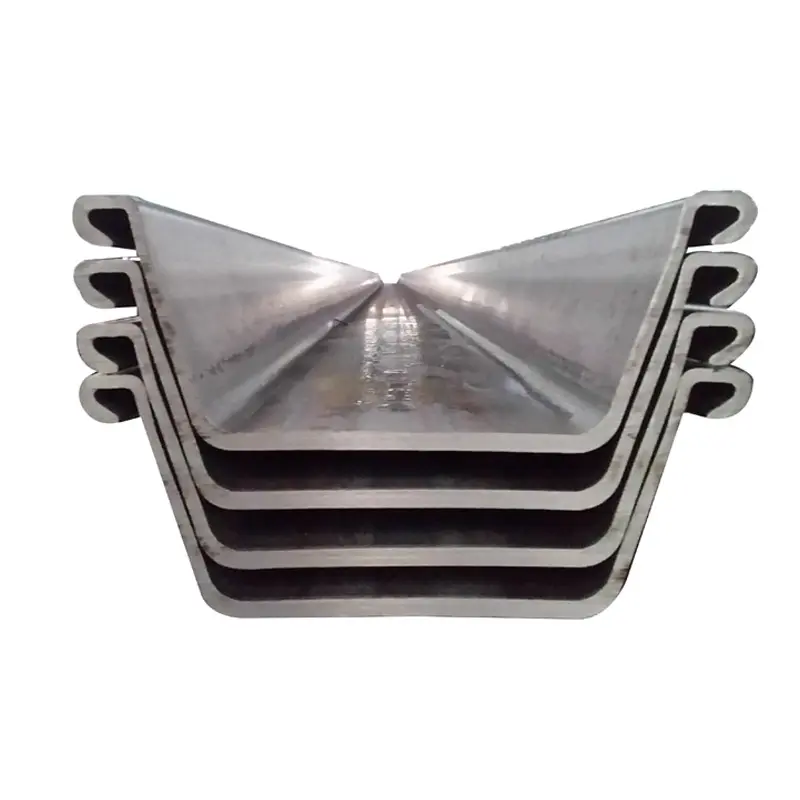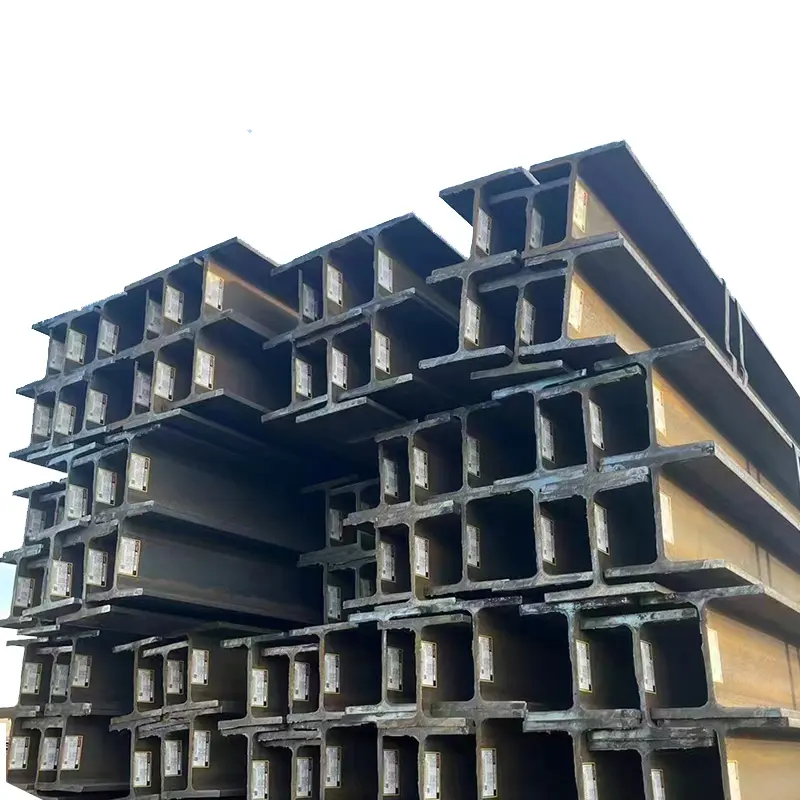Galvanized steel pipe prices are influenced by a complex interplay of raw material costs, manufacturing processes, market demand, and regional dynamics. The core cost driver is the price of hot rolled steel coils, which fluctuate with global iron ore and scrap metal markets. Galvanization adds 10–20% to base costs, with hot dip galvanization (ISO 1461) commanding a premium over electro galvanization due to its thicker, more durable zinc coating (85–275μm vs. 10–25μm). Pipe 规格 (diameter, wall thickness, length) significantly impact pricing: smaller diameters (15–50mm) for residential use are priced per meter, while large diameter pipes (300–1200mm) for industrial projects are quoted per ton. Surface finish and additional treatments (polyurethane topcoats for marine environments) further affect costs. Regional price disparities exist due to logistics (transportation, import duties) and local production capacity—for example, prices in Southeast Asia are influenced by China’s dominant galvanized pipe output, while European prices reflect stricter environmental compliance costs for zinc bath operations. Market trends such as rising demand for corrosion resistant infrastructure in coastal areas or government stimulus for water supply projects can drive short term price spikes. Suppliers typically offer tiered pricing based on order volume, with discounts for bulk purchases (≥50 tons) and premium rates for customized lengths or special end finishes (threaded, flanged).


